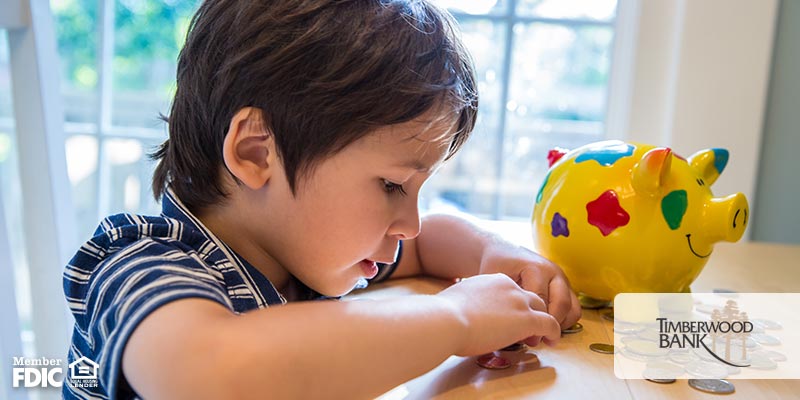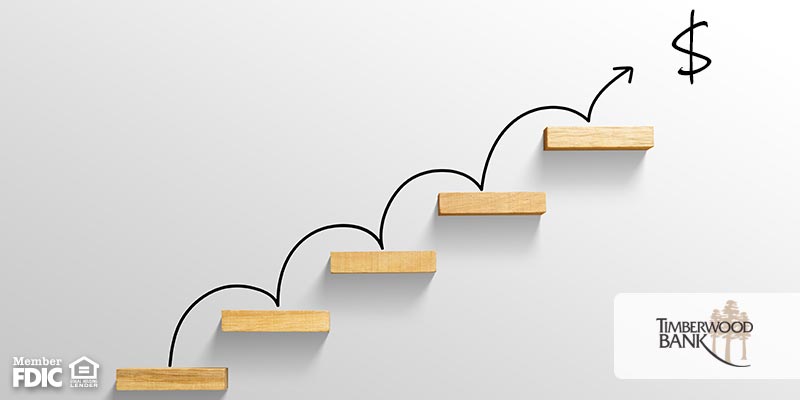
In the world of social media, everything nowadays is online and public for all to view. With the numerous updates we face every day, it’s important to keep yourself up-to-date on what social networking sites share to others and how you can limit those settings. Protect yourself online with these simple tips to start!
Be Cautious When Adding Friends
Being constantly bombarded with friend requests and follows slowly weakens your cautiousness. You begin to accept more people without really digging in. This makes you a target for hackers. When someone has a friend in common on Facebook, this doesn’t mean you should just add them. Make sure you truly know the person before accepting a follow/friend request. Comb through your friends list now and delete those you don’t know.
Update Your Privacy Settings
It’s important to update your privacy settings so only friends and followers can see your posts. Hackers and other unwanted viewers are able to see your posts and photos if you keep things on public. Facebook answers some common privacy settings questions here.
Don’t Enable Auto Login
Yes, it’s easier to have your phone and computer “remember” your password and username. However, if someone were to gain access to your phone, they would automatically have access to all material and credit card info that is auto saved on sites.
Change Passwords Frequently
This may be an old tip, but it is the MOST important. Changing your password every 30-60 days and making sure it’s different from your other accounts will increase your security online exponentially.
Stop Geotagging
This is one of the most dangerous features now enabled on social networks and devices. Most people don’t realize Twitter and Instagram both use geotagging (which stores the latitude and longitude of your Tweet or image) for everything you send out. Pictures you take on an iPhone usually store geotagging information as well. This gives unwanted people way too much information about your location. See how you can turn this feature off on an iPhone and iPad here.
Enable Two-Factor Authentication
This feature has become an important addition to many social networking sites. It can be frustrating when trying to log in on a new device, but enabling Two-Factor Authentication means you will be alerted right away if someone is trying to log in.
These security tips are easy ways to start down the path of becoming more secure while online. It’s better to be aware of the features these sites hold and know exactly how they can help or hurt you. At Timberwood Bank, we take pride in how secure our clients’ information is and aim to help others protect themselves.




